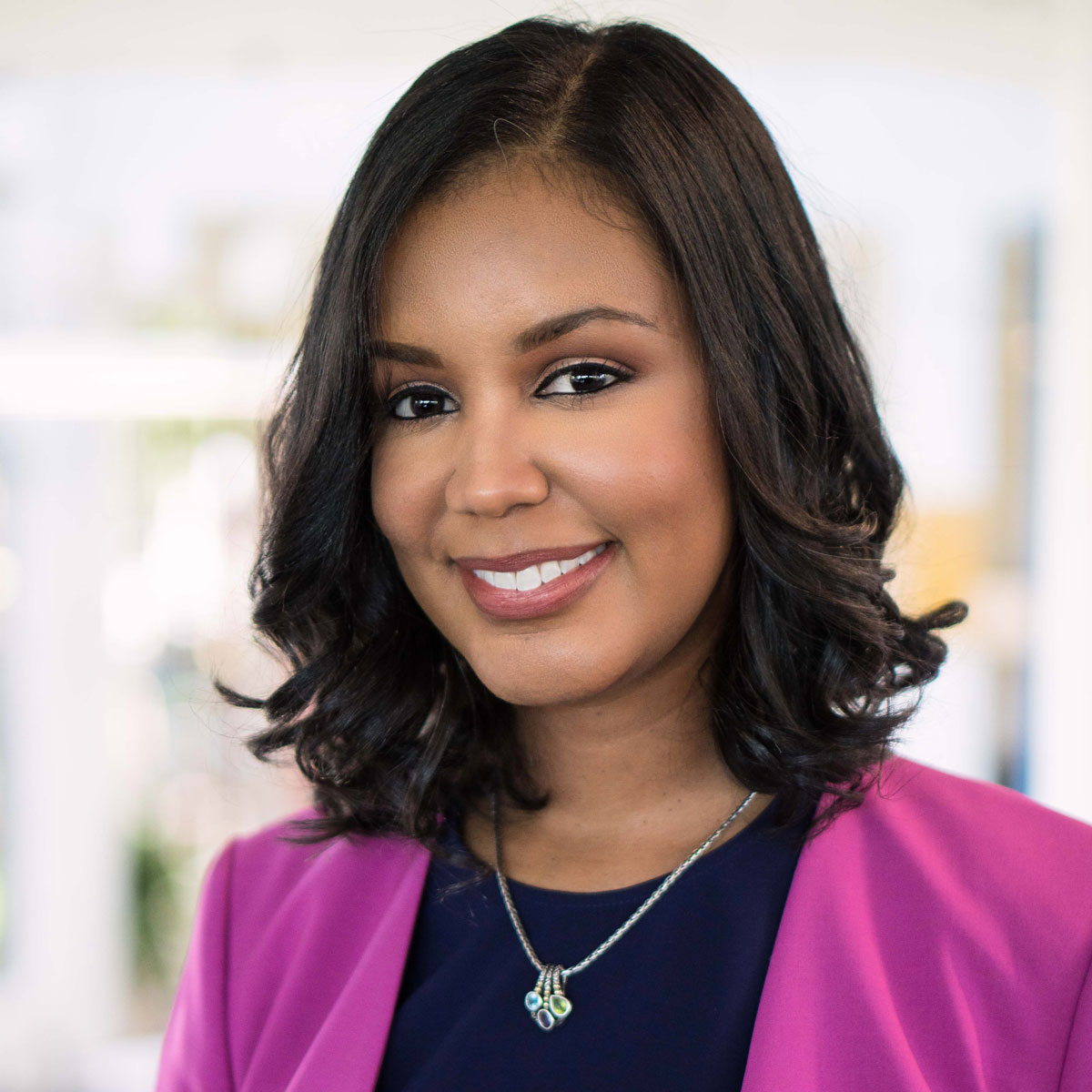“There is a lack of role models, a flat-out lack of exposure, a stereotype bias of what is a technical person. It’s held by parents, it’s held by the media, it’s held by teachers. There’s no social cost to a boy to take computer science in school. Girls have to take the brave step of saying “I love this stuff,” take a class with 90 percent boys, probably a male teacher, overcome the media message, defy their social group. Add on the layer of being a minority, it’s another challenge.”
Source: Ruthe Farmer, Chief Strategy & Growth Officer and Director of the K-12
Alliance for the National Center for Women and Information Technology, CNBC’s “‘Black Girls Code’ aims to reboot diversity in Tech” article
Stephanie Espy
Author of STEM Gems, Chemical Engineer, Founder of MathSP, and Mom
“STEM isn’t a special brain. STEM doesn’t come from a life of privilege. STEM is simply an exposure to what is possible and an internal belief that anyone can be a STEM Gem.”
Minority women comprise fewer than 1 in 10 employed scientists and engineers.
Source: National Girls Collaborative Project and the National Science Foundation

